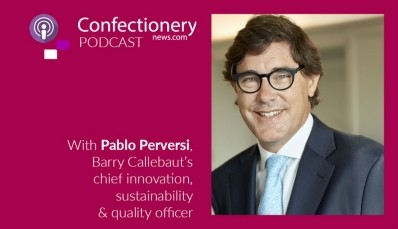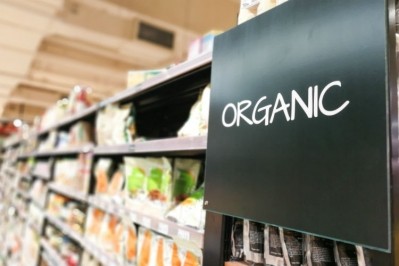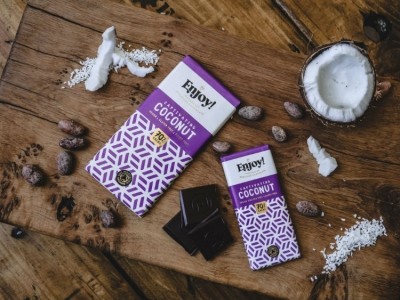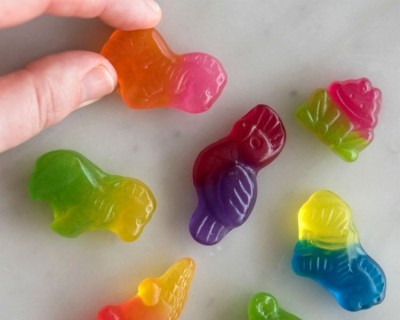Clean label
Clean label in confectionery, does anyone really care?

‘Clean label’ is an industry term devised by food brands to communicate the healthy nature of their products to the consumer.
Shoppers, especially the young, are concerned about the environment and it’s critical that brands are seen to be acting in the right way.
“Consumers are asking more questions about how their food is made and are avoiding products that might contain anything artificial or toxic,” said Katya Witham, a global food & drink analyst at Mintel.
‘Good for me, good for the environment’
Millennials (aged 25-34) and Gen Zers (aged 16-24) are totally on board with the concept: ‘good for me, good for the environment’, believing personal health and the planet are interlinked.
“Nature is a very subjective concept, and brands need to be clear and concise when communicating such messages,” Mike Hughes, director of insights, FMCG Gurus, said during a recent clean label webinar organized by our sister title foodnavigator.com
Consumers see ingredients lists that are shorter and easily understandable as ‘cleaner’, the webinar revealed, and the trend is prompting manufacturers to target claims with ‘five-or-fewer components’.
Millenials and Gen Zers may have grown up viewing their own health and wellness and that of the planet as a priority, but do customers in general really care what is on the label when it comes to making a chocolate choice at the checkout - online or in a store?
Engagement
The most common clean label claims in chocolate – no artificial colours and no added sugar – are failing to generate extra engagement online, but non-GMO and 100% natural claims are faring better, according to Oliver Nieburg, market analyst at Lumina Intelligence.
“Chocolates making no artificial and no added sugar claims are attracting few reviews online. The average star ratings for these claims - an indicator of consumer satisfaction - is also quite low, while these products have no significant price premium.
“However, the retail price premium for chocolates making ‘No GMO’ or ‘100% Natural Claims’ is greater and products with these claims are generating more consumer reviews in the growing e-commerce space,” he said.
The UK has the most chocolate products making clean label claims, followed by the US and Poland, Lumina’s insights into the market revealed.
“Vanini 95% Cocoa Dark in China and Hershey’s KitKat in the US are good examples of chocolates with no-GMO claims generating strong consumer engagement, while Montezuma's Dark Absolute Black in the UK performs well in star ratings and reviews with a ‘natural claim’,” said Nieburg.
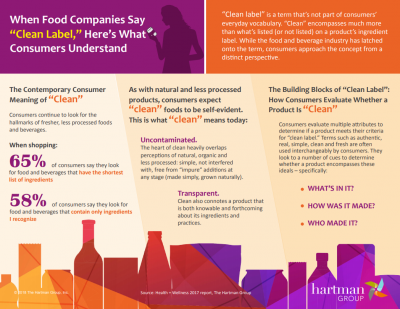
Lumina Intelligence discovered that chocolates with clean label claims retail for 9% more compared with chocolates without a clean label claim. The average retail price for a natural bar is $3.68 per 100g. More surprising is the fact that chocolates without clean label claims also outperform in star ratings and average review scores online.
Social media is the realm of the young, particularly Instagram, but Lumina also discovered that clean label products are generating no additional social media attention, with products without claims attracting more than double the Facebook and Twitter followers/likes.
Fifteen years ago, the buzzword was organic and consumers were offered a clear choice to spend more for a healthier product. A criticism of clean label is that it is part of an over-proliferation of labeling schemes, and this can be confusing for time-pressured shoppers, some also remain sceptical to such claims seeing them as a marketing ploy.
Chocolate also has an added problem; the confectionery category is seen as a treat and an indulgence for many - so they are not as concerned about health benefit claims.
